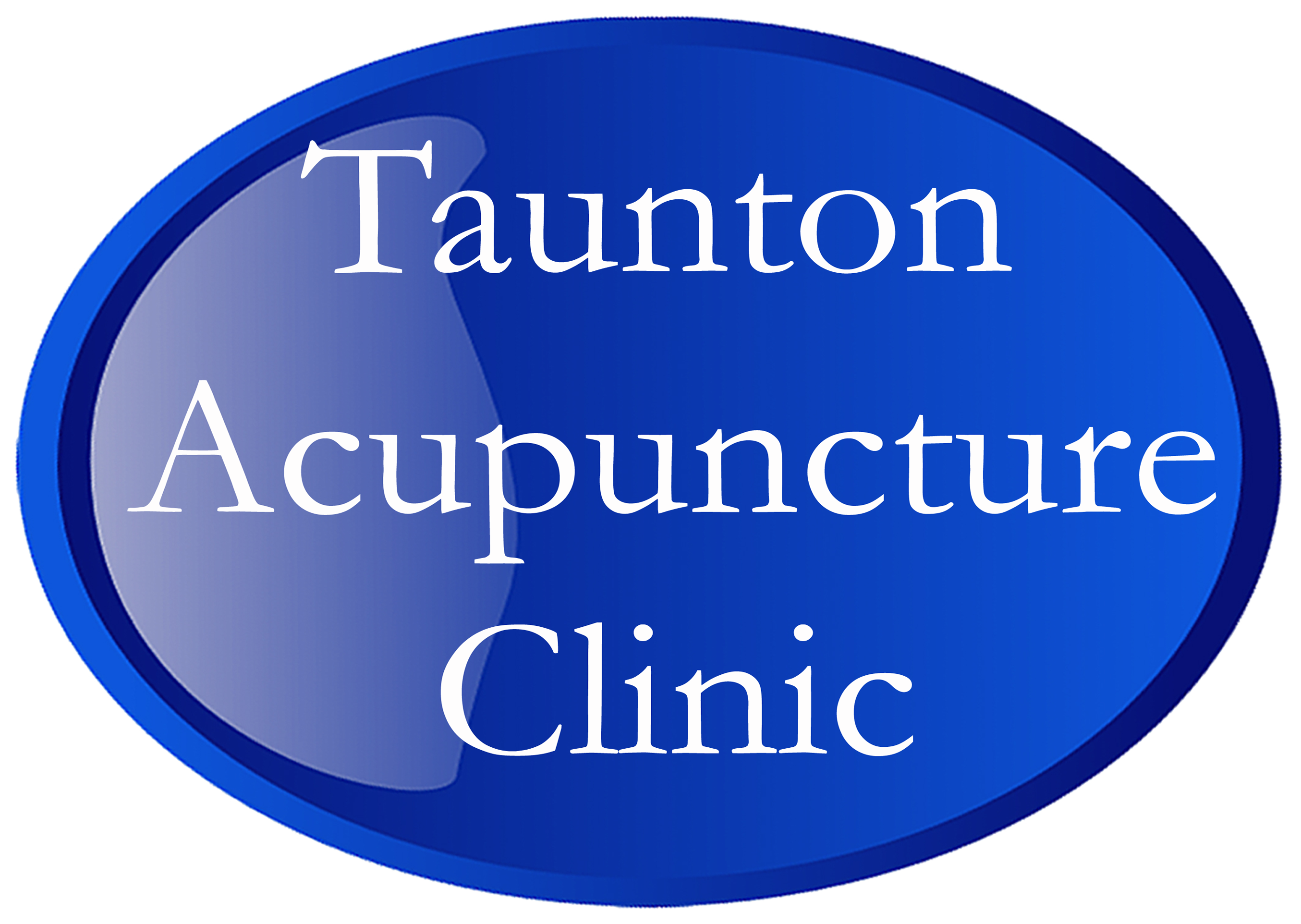Medical acupuncture for pain relief at Taunton Acupuncture
Acupuncture is becoming increasingly well known for its safe, rapid and effective treatment of pain.
Acupuncture is a medical technique used to treat a wide variety of conditions. The British Medical Acupuncture Society (BMAS) is an organisation of regulated health professionals ( like dentists, GP’s, Osteopaths, Chiropractors and physiotherapists) who practice acupuncture alongside more conventional techniques.
Acupuncture quickly reduces inflammation, relaxes muscles and speeds up recovery rates. Many athletes are finding the quick results from acupuncture help them return to competitive sports faster than any other therapy combination.
Your Chiropractor/Osteopath will be able to suggest a multi-disciplinary approach to your care, which may include Acupuncture, massage, manipulation, muscle energy techniques and home rehabilitation. Equipped with this information, you can then determine the way you prefer to be treated, giving you flexibility and control over your own treatment and recovery.


How Does Acupuncture Work?
Acupuncture is a treatment which can relieve symptoms and will encourage the patient's body to heal and repair itself. Traditional Chinese medicine explains acupuncture as a technique for balancing the flow of chi believed to flow through pathways (meridians) in your body. In contrast, Western Acupuncturists view the acupuncture points as places to stimulate nerves, muscles and connective tissue.
We know that it increases the body's release of natural painkillers - endorphin and serotonin - in the pain pathways of both the spinal cord and the brain. This modifies the way pain signals are received. Some believe that this stimulation boosts your body's natural painkillers.
But acupuncture does much more than reduce pain, and has a beneficial effect on health. Patients often notice an improved repair and recovery post-training. The practitioner will assess each patient’s case and treatment will be tailored to the individual.
Fine, sterile needles are inserted through the skin. The number of needles varies but may be from only two or three up to 10-12 though this depends on the condition being treated. Treatment might be once a week to begin with, then at longer intervals as the condition responds. A typical course of treatment lasts 4 to 6 sessions.
Acupuncture. Past, Present and Future
Acupuncture-like techniques may have been used for over for over 2000 years. The most well known system of acupuncture was developed in the Far East from around 2000 years ago. This was first introduced into Europe in the 17th Century, but widespread interest in the technique did not develop until the political events of the early 1970's allowed travel restrictions between East and West to be eased.
In the past thirty years, because of the huge public interest in the subject, considerable scientific research on acupuncture has been carried out. We now know much more about how acupuncture works and some of the myths can be laid to rest. It is demonstrably untrue to say that the results of acupuncture are all in the mind.
As we learn more about it, the possibilities of using acupuncture alongside other orthodox treatments increase. The distinction between complementary or alternative medicine and conventional medicine is becoming blurred as acupuncture and chiropractic are increasingly accepted in medicine. Acupuncture is already available in most hospital pain clinics and it is provided by an ever-increasing number of GPs and hospital doctors.


